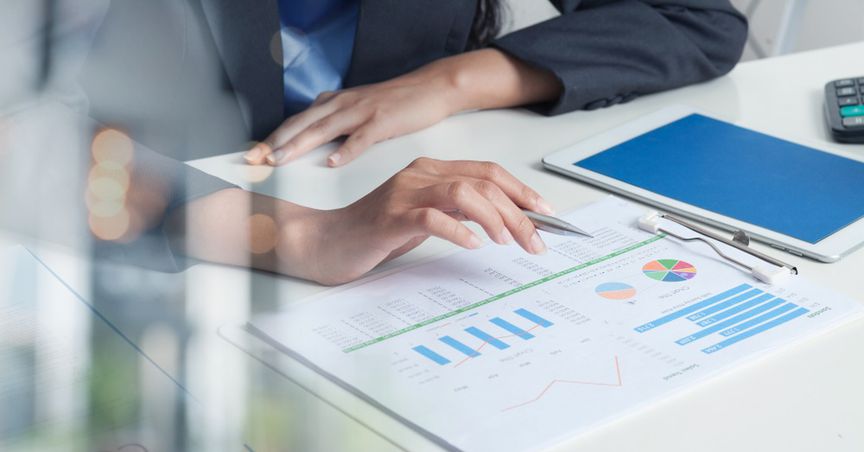Summary
- Richest one-fifth of British households likely to lower spending by £23 billion during the lockdown
- Most of these savings have come from the negligible expense on holiday-breaks, transportation cost and eating out
- The total saving is equivalent to 4.5 percent of UK’s GDP, while the government is facing the challenge of reviving consumer spend
- With the further easing of lockdown beginning June 1, one needs to look for any change in trend
The richest one-fifth of British households are projected to collectively curb their spending by an enormous amount of £23 billion during the three-month period of mid-April to mid-June this year. These estimated are calculated by the New Policy Institute (NPI), the London based think tank. The amount these top 20 percenters will be saving is equivalent to 4.5 percent of the gross domestic product (GDP) of the United Kingdom. This displays the impact of the lockdown that was imposed to curtail the further spread of the corona pandemic. The British PM Boris Johnson had imposed a nation-wide lockdown beginning March 23 this year to lessen and gradually get rid of the fast spreading-pandemic.
This spending curb amount is more than half of the total projected unspent money across all the income groups worth £57 billion in the UK economy. At the same time, it can’t be denied that one of the reasons for the rise in savings is an uncertain employment scenario with a drop in the flow of earnings due to salary-cuts and job-loss. The number of people who had claimed unemployment benefits from the government was a tall 2.1 million, just for the single month of April, as per figures from the Office of National Statistics (ONS), UK.
Except for sectors like essentials, healthcare or online games, people could not get the opportunity to spend much elsewhere, as most of it was unavailable. The lion’s share of these savings has flown from the negligible expense on transportation cost, holiday-breaks, sports, and eating out.
Government worries as consumer spending drops
This lockdown-shock has given the well-off population an opportunity to increase their savings and re-align their investments in line with their long-term personal goals. They have got a chance to pay-off their debts as well.
But at the same time, the UK government is facing a bigger challenge of reviving the drying up consumer spending. Less spend has translated itself into less overall demand for most of the goods and services. This has created an oversupply in the system, which is leading to a fall in total production across the nation and thereby an economic slump. Apart from other factors, job-losses, a weak rise in wages, a sluggish economy and austerity cuts have put a dent on the spending power of consumers.
Some experts suggest that to tackle the rising fiscal deficit and mop-up revenue in these sluggish times, government can raise the wealth tax, as the savings are rising. According to an estimate by Richard Murphy, Professor at the City University, London, wealth tax can fetch the government around £174 billion per annum, if the levy on it is raised to that at which income is being taxed. In fact, there are rising speculations that a toll on wealth could be on the cards to rebalance wealth distribution and raise revenue to the exchequer. It could also be imposed through addition to capital gains tax (CGT) or inheritance tax (IHT).
Apart from increasing taxes, government has few more options in such testing times. One is to let the savings remain as they are and use them to finance the country’s government debt. Office for Budget Responsibility’s (OBR) projections shows that the coronavirus has cost the economy high, with the national debt crossing the value of £300 billion for 2020, which has never been seen before.
Another alternative is to redirect the spending towards productive investments. The Bank of England had lowered its interest rates from 0.25 to 0.1 per annum in May this year to attract the dwindling private sector borrowings.
Will the savings trend get reversed?
There are no easy answers to this question.
As the economy enters the step 2 of lockdown from June 1 with easing restrictions, there could be large discounts on offer, as retailers try to sell their excess and off-season stocks.
Also, with more local public transport to be allowed in urban areas of Britain, the transportation expenses of the people could also put pressure on the savings. Closed-doors cultural and sporting events are also opening-up and might bring a fair drain on the savings pile as well.
But in the end, with so many offices still remaining shut and much lesser social events to take place than before, there’s a fair chance that no one rushes to buy new clothes, bags, shoes and accessories.
Some retailers may have to shut shop in case they are not able to afford imposing social distancing measures to protect their shoppers. Buying items like shoes, clothes and spectacles either without trying them on or with very strict conditions like ‘tried on means sold’ may make shopping less enjoyable.
Going forward, one-fourth of the nation’s manufacturing firms plan to lay off staff in the course of the next six months, according to a survey conducted by the national industry association Make UK. During these unpredictable times, with so many market forces and ‘ifs-and-buts’ at play, making any precise estimate seems like a herculean task.
To summarise, a new trend of rise in savings across all income groups has emerged in Britain, due to the lockdown related spending restrictions. Rising unemployment and salary cuts have also played a big role in people hooking on to their money in these uncertain times. While the government is studying the saving trends and contemplating ways to use them, they might be coming back to pre-lockdown levels, as the economy gradually opens up and wealth lay-out avenues like tourism, sports and hospitality resume their services. It all depends on people feeling safe on the streets again, apart from having a secured source of income, as they had experienced before.





